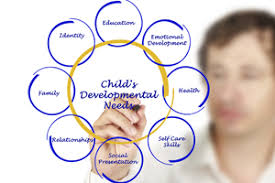
Every child learns differently, and when tutoring primary school students with diverse developmental needs, flexibility and understanding are key. Effective tutoring is not about using one fixed method that would fit for all students, it is about meeting each child where they are and helping them grow from there.
Children with developmental differences may face challenges in areas like communication, attention or social interaction. For example, a student with ADHD might need shorter and more engaging tasks with regular breaks, while a child with autism may benefit from clear structure, visual supports and predictable routines. Recognising these individual needs allows tutors to adjust their teaching style so that every child can participate and succeed within tutoring sessions.
Building a strong relationship is just as important as the tutoring lesson itself. Trust creates a safe learning space where students feel comfortable asking questions and making mistakes. Tutors should use positive reinforcement, patience, and clear feedback to encourage effort and progress. Small victories in the tutoring lesson such as reading a page independently or solving a tricky maths problem should be celebrated by us as tutors to boost confidence and motivation among students.
Communication with parents also plays a vital role. Sharing strategies and progress helps create consistency across home, school and tutoring sessions. For instance, if a teacher uses visual schedules in their class at school, the tutor can mirror this system to strengthen the student’s sense of routine and familiarity.
Finally, tutoring children with different developmental needs requires empathy and creativity. Adapting tutoring sessions through games, visuals or using technology can make learning more accessible and enjoyable. Success looks different for every child, but with the right approach, all students can develop essential skills, confidence and a love for learning that extends beyond the session.
Annie Bulkeley

